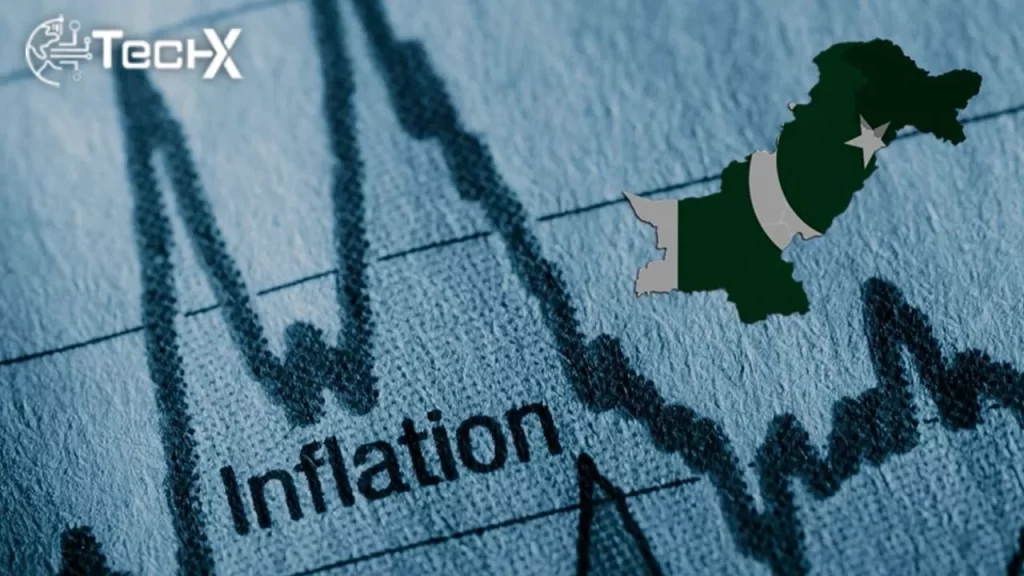Pakistan’s annual inflation dropped to a record low of 0.3% year-on-year in April 2025, as reported by the Pakistan Bureau of Statistics (PBS). This marks a significant economic turnaround, especially compared to May 2023, when inflation peaked at 37.97%. The sharp decline reflects successful fiscal and monetary policies stabilizing prices after years of volatility.
Month-on-Month Inflation Trends
On a month-on-month basis, CPI inflation decreased by 0.8% in April 2025, contrasting with a 0.9% rise in March. This decline indicates sustained price stability. In April 2024, inflation had decreased by 0.4%, showing a further improvement this year. The consistent drop suggests effective supply chain management and reduced demand-side pressures in the economy.
Urban vs. Rural Inflation Rates
Urban CPI inflation fell to 0.5% year-on-year in April 2025, down from 1.2% in March. Rural areas saw deflation, with a 0.1% decline compared to no change in the previous month. Monthly data shows urban prices dropped by 0.7%, while rural prices fell by 1.0%. The disparity highlights varying economic conditions between urban and rural regions.
Also Read: Deadline Announced for Rawalpindi Ring Road Completion
Declining Wholesale and Sensitive Price Indices
The Wholesale Price Index (WPI) recorded a 2.2% year-on-year decline in April 2025, signaling lower production costs. Similarly, the Sensitive Price Indicator (SPI) fell by 3.2%, reflecting reduced essential goods prices. These trends suggest easing inflationary pressures across supply chains, benefiting both businesses and consumers in the long term.
Non-Food and Non-Energy Inflation
Non-food, non-energy urban inflation decreased to 7.4% year-on-year, while rural inflation dropped to 9.0%. Monthly increases of 1.3% (urban) and 0.9% (rural) indicate some core inflation persistence. However, the overall decline suggests stabilizing underlying inflation, reducing the burden on households and businesses reliant on non-essential goods and services.
Economic Implications and Future Outlook
The average inflation for the first ten months of FY25 stood at 4.73%, significantly lower than 25.97% last year. This positive trend could boost consumer confidence and economic growth. If sustained, low inflation may allow the central bank to ease monetary policy, fostering investment and economic expansion in the coming months.
Conclusion
Pakistan’s inflation reaching 0.3% in April 2025 marks a historic achievement. From record highs in 2023 to near stability, the economy shows signs of recovery. Continued prudent policies will be essential to maintain this momentum, ensuring long-term price stability and sustainable growth for the nation.
